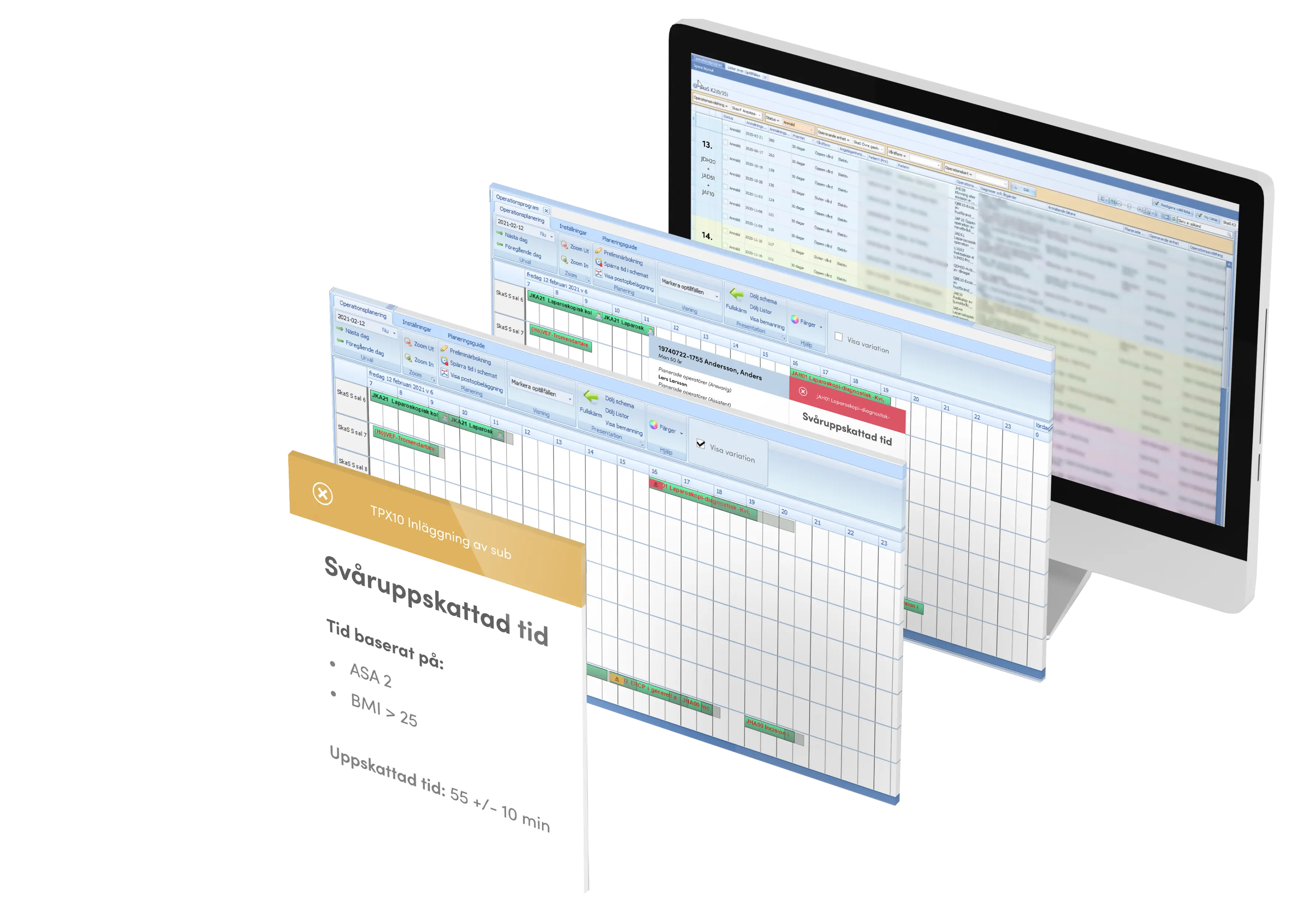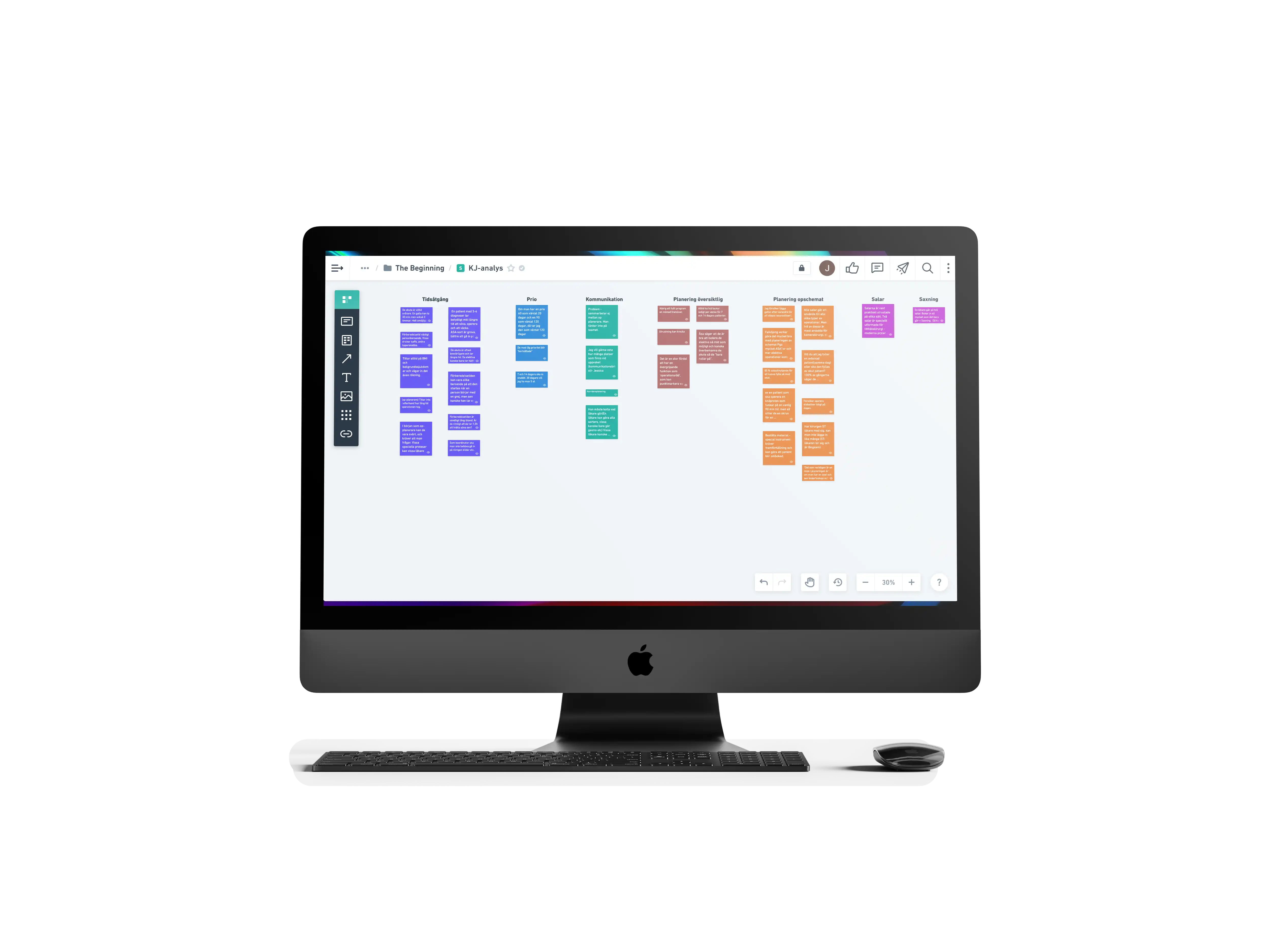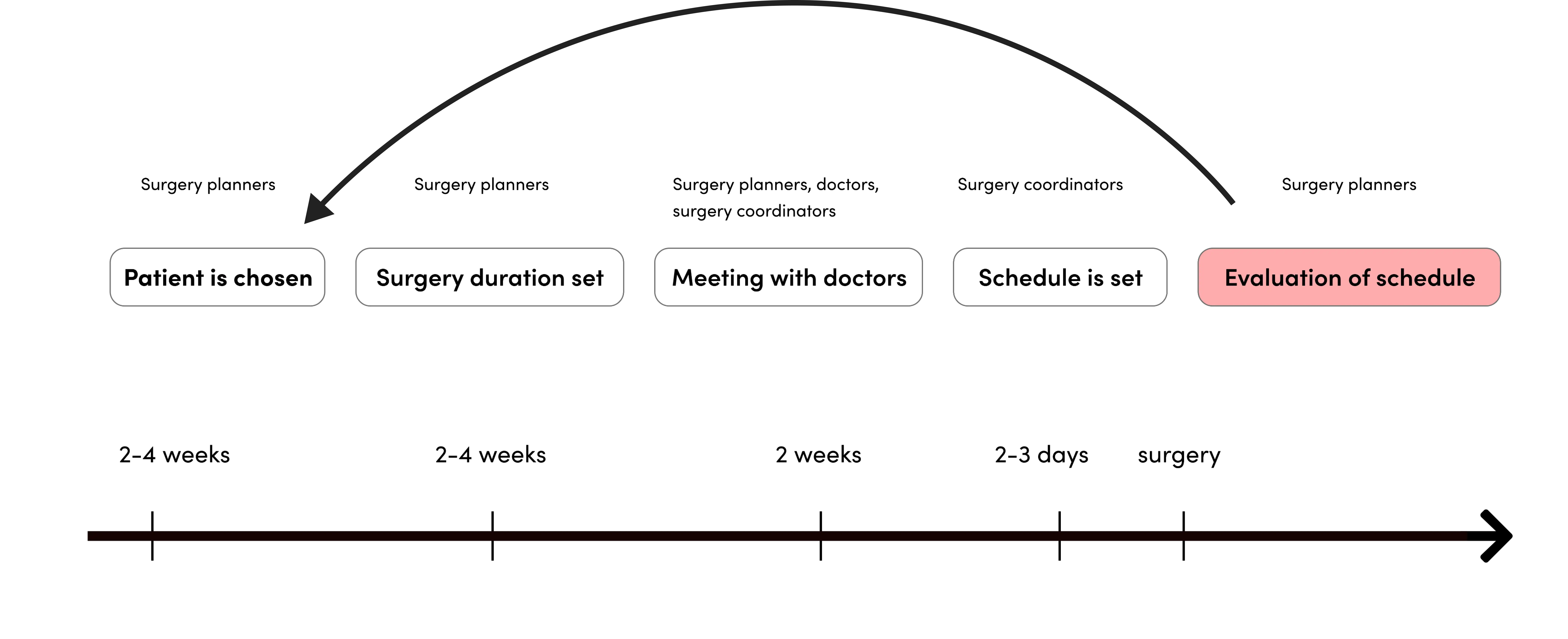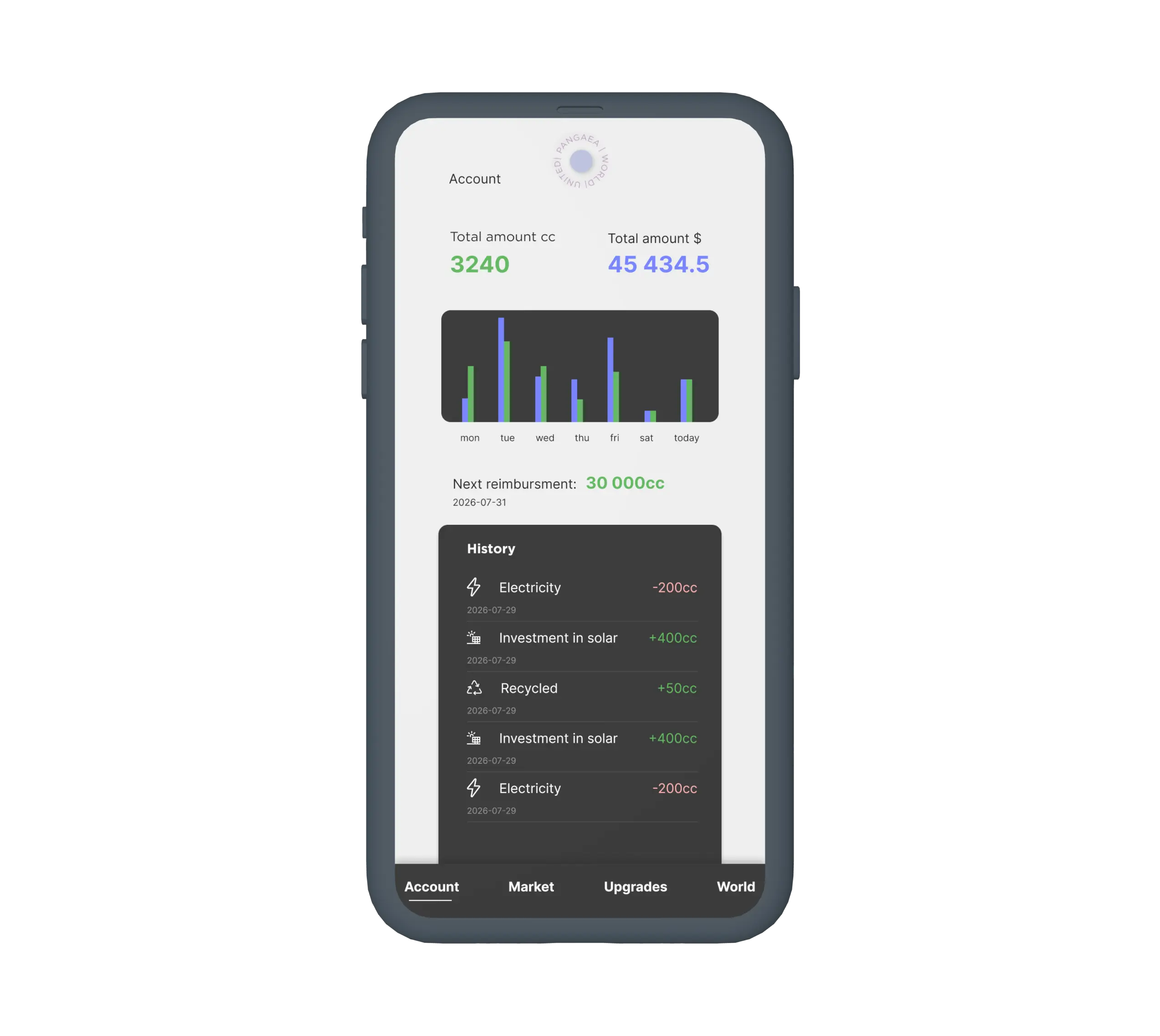
UX / UI
Intelligent surgery planning

Role
In this project I worked with:
User research
UI
Some data analysis
Group
6 students
Tools
Adobe XD
Python
background
As waiting times for health care increase, so does the importance of using resources efficiently. Today, all surgery scheduling at Skaraborgs hospital is done manually by the surgery planners with few support tools to help improve and simplify the process.
The project was a bachelor thesis done in a group of six students from various engineering programs - Physics, Maths, Automation and Mechatronics, IT and Industrial design in collaboration with Skaraborgs hospital.
With my knowledge of UX Design, my role in the project was to create the support tool based on the findings of the data analysis. The support tool was created as a prototype in Adobe XD.

research
To understand the underlying problem with the current scheduling methods the group conducted interviews with staff working with or being affected by surgery schedules, such as surgery planners and doctors. As well as interviews, the surgery planners were observed while doing their work. The qualitative data was organized in a KJ-analysis which lay the foundation for the requirements specification.

Problems and insights
The group found that the surgery planners had little knowledge of which surgeries normally deviated from the schedule as very little evaluation was done on historical schedules. Not being able to evaluate the schedule efficiently makes establishing an iterative learning loop for the surgery planners very difficult. The planned duration of a surgery is based on the mean of the last ten surgeries of the same surgery type, which was found to be an inaccurate estimate as it does not include any patient specific information.

Solution
The proposal of the tool developed uses a prediction model of surgery times created by the group to get a more accurate estimation of the surgery duration. It also shows how and why a certain surgery could vary in duration. The tool gives the surgery planner the ability to evaluate a schedule and it indicates weaknesses by showing warnings. Depending on its severity the warnings are shown as either red or yellow squares on the right side of the surgery slot. When hovering over a surgery slot in the schedule the parameters used to create the prediction are described next to the patient card.
The predicted time is in minutes and is followed by a +/- x minutes, which is how the surgery has varied historically. The +/- x minutes can then be visualised by gray boxes which show the possible time variation to make the surgery planner aware of this at an early stage. It was decided to design the tool as an add-on for the software that the hospital is currently using for surgery planning called Orbit. Below is a demonstration of what it looks like while hovering over the warning and also what it looks like when showing the potential variation.
